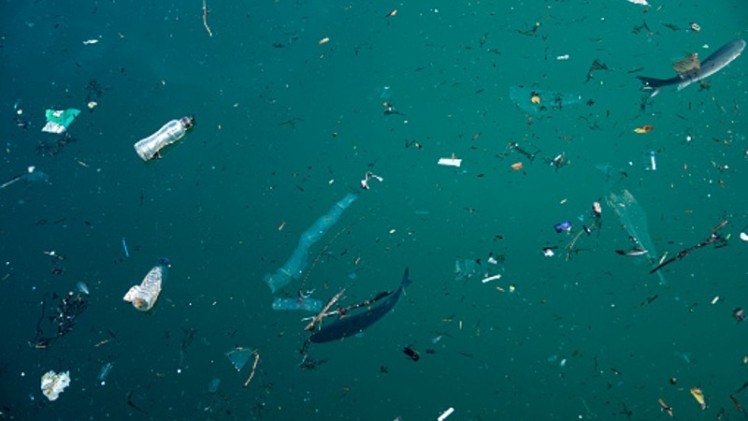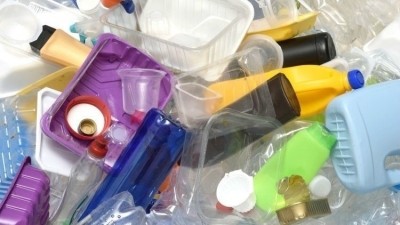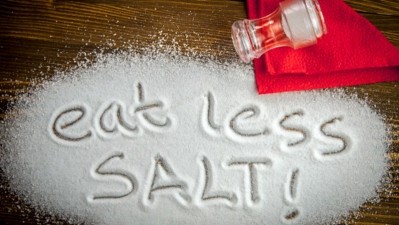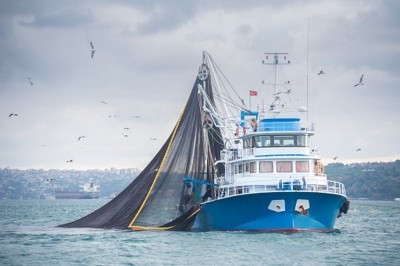Microplastic pollution fears: South Korea seeks to allay consumers’ food concerns with new data

Public concern about microplastics in South Korea’s food supply, particularly in seafood and groundwater, after academic studies from reputable bodies such as the local National Institute of Environmental Research and Kangwon National University’s Department of Geology highlighted the these contaminants as supposedly being ‘ubiquitous’ in some of the nation’s most important waterways, including the Han River.
This prompted calls for further investigation into the microplastic content that can be found within the local food supply, which the Ministry of Food and Drug Safety (MFDS) responded to by conducting a national study.
Publicising its results earlier this year, the ministry concluded that human exposure to microplastics is ‘not at a level of concern’ – although it did urge consumers to wash common South Korean food staples twice in order to remove most of the microplastic presence.
“Our study has concluded that human exposure to microplastics in South Korea is just 16.3 units per person per day based on the concentration of microplastic pollution in the food supply and the amount of food consumed for the five years from 2017 to 2021,” said MFDS via a formal statement.
“This is not a cause for concern based on known and proven toxicity information, and the World Health Organisation (WHO) and the World Food Organization (FAO) have previously also stated that there is no evidence for the harmful effects of microplastics, [and the] FAO currently estimates that humans can ingest between one to 30 units of microplastics daily depending on dietary differences.
“[That said], in the case of aquatic foods like seaweed and kelp, consumers [that are concerned] can remove a significant portion of any microplastics in these foods by washing them twice or more. The amount of microplastics can decrease by 85% from 4.85 to 0.75 units in kelp, and by 71% from 4.2 to 1.2 units in seaweed.”
The study was conducted on over 100 items covering 11 types of foods (liquid tea, beer, soy sauce, honey, salt, fish sauce, seaweed and kelp, tea bags, salted fish, octopus) - with particular emphasis on aquatic foods and food products that previously reported microplastic contamination in other countries.
MFDS also highlighted that an animal study on rats had been conducted previously by orally administrating 60,000 units of microplastics per day to the study subjects, and ‘no toxicological changes had been observed’.
Interestingly, the use of microplastics as additives has been banned by MFDS in South Korea since 2017, but no such ban has been implemented or enforced for microplastics via food intake as of 2022, although the ministry says research and evaluations are still ongoing.
Seafood still main concern
Despite the government’s assurances, it is still clear to see that the highest amount of microplastics in South Korean foods were detected in salted fish (6.6 units/g), followed by tea bags (4.6 units/bag) and sea salt (2.2 units/g) – all aquatic products.
The official advice given was for seaweed and kelp, but for other types of seafood the ministry also suggested that consumers ‘clean out’ these as much as possible prior cooking if microplastics are a concern.
“For example, previous studies have shown that 90% of microplastics can be removed from seafood such as clams by first leaving these in salt water for 30 minutes in a dark area – the value of microplastic contamination can drop from 468 to between 19 to 31 units,” it said.
“The other thing to do would be to thoroughly remove the intestines in these aquatic animals, so as to ensure proper detoxification, and then cooking them properly before consumption.
“[We do understand] that this is still an area of public concern [so] MFDS will continue to conduct research on the risks of microplastics via food intake to the human body, [as well as] manage these safely in cooperation with related ministries such as the Ministry of Environment and Ministry of Science and Technology.”



















